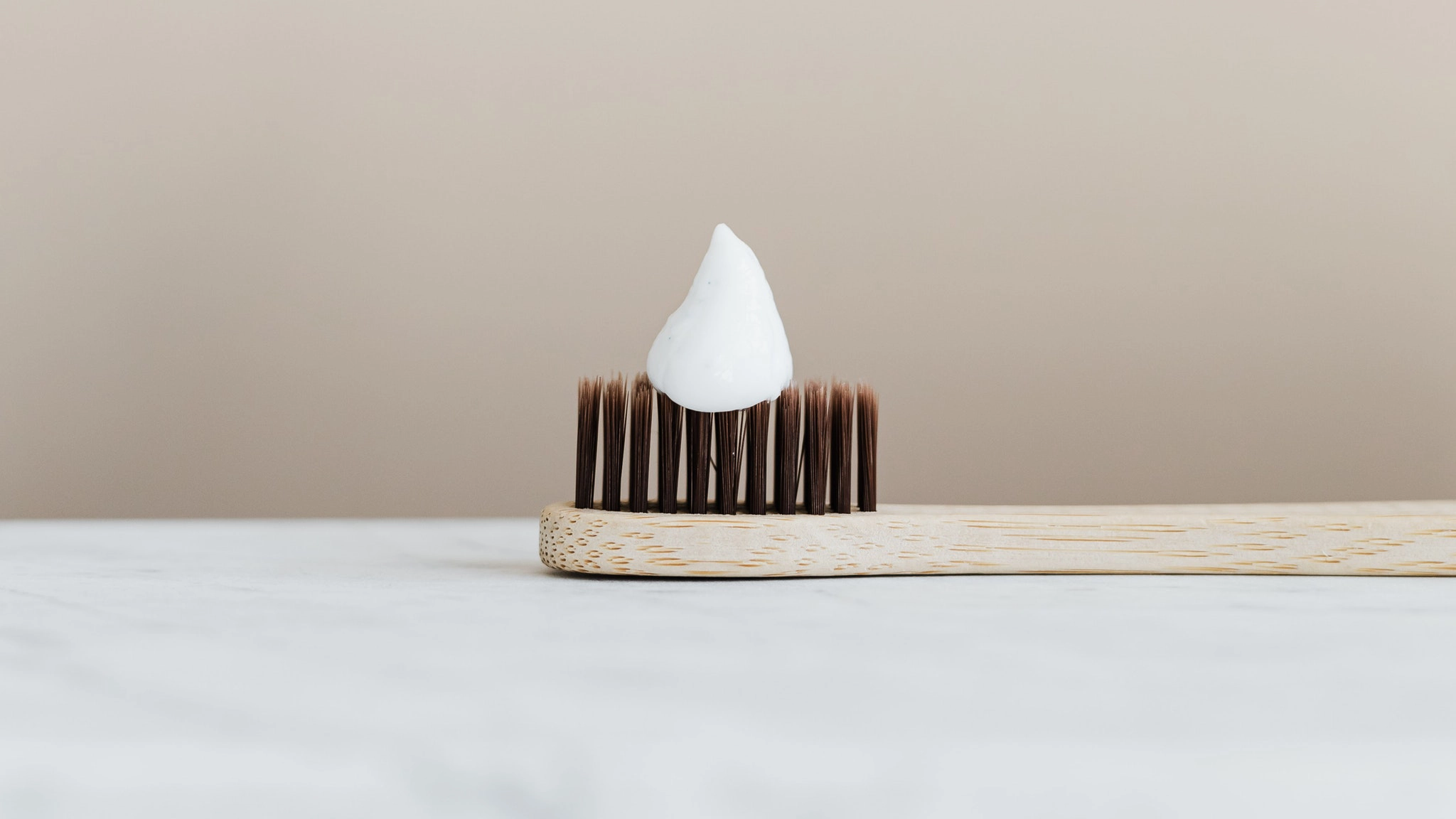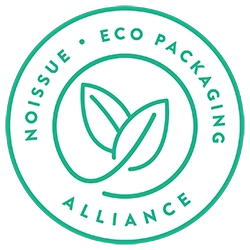11 unexpected items that have plastic in them

Plastic is everywhere. Well, maybe not literally, but the truth is, it’s almost everywhere. Plastic may not be in each individual thing (with our edible drinking straws being one example of something that has no plastic), but it’s in enough items to be a big, worrying problem.
Flewid Friendly is an environmentally-friendly company that’s trying to do its part for the environment. We want to help reduce the demand for plastic, which is why we created our edible straws – which you can use, and then eat (or compost). In this blog, we want to list eleven unexpected items in which you’ll find plastic. For tips on how to use less plastic, read our blog on the subject.
11 surprising items that contain plastic
Here are some of the items that we were surprised to learn contain plastic. Educate yourself, and then make the right decision when buying – buy green whenever possible, and educate others if you can.
1.Toothpaste
Toothpaste is edible, right? Astronauts on the ISS eat their toothpaste, because in zero gravity, rinsing it out can be a really messy business. And we’ve all eaten toothpaste as kids. Well, don’t do it anymore, because over half the dental products available today contain microplastics. These can get stuck under your gums and cause problems, and they, of course, add to the plastic pile-up we’re dealing with. Look for toothpaste that says ‘Zero Plastic Inside’ when shopping.
2.Sea salt
Those microplastics we mentioned are a real problem. Sea salt isn’t created with the help of plastic. The synthetic material is added to it in the sea, in the form of microplastics. Researchers found that up to 90% of table salt varieties worldwide contained microplastics. An average adult consumes 2,000 microplastic particles every year through salt.
3.Chewing gum
A shocking number of edible items contain plastic (unlike our edible drinking straws, which we’re happy to say contain absolutely no plastic). Chewing gum may not be intended for eating, but it’s still something you put in your mouth and chew, and it isn’t exactly classed as inedible. So you will be surprised to learn that the chewiness in bubblegum is due to plastic! The gum base is made with the same material used to make car tires.
4.Tea bags
If you’re a fan of tea, you probably use tea bags fairly often. After all, they’re pretty darn convenient. You might’ve thought that it’s just paper, but you’ll be shocked to know that tea bags too contain plastic. The plastic net that helps hold the tea in is non-biodegradable, making tea bags roughly 30% plastic.
5.Clothing
A lot of clothing is made using plastic – up to two-thirds of all clothing, in the UK. While plastic is a durable material and some brands use recycled plastic in clothing, there’s the fact that every time you wash an item of clothing that contains plastic, it sheds little plastic fibers that end up in our beautiful oceans.
6.Facial tissue
Facial tissue is basically ordinary tissue, but more skin-friendly. It isn’t environmentally-friendly, however, as these tissues often contain chemicals that leach into our water supplies, and plastic that doesn’t biodegrade. Plastic is included in these tissues to add strength and make them less likely to tear.
7.Glitter
All that glitters is not gold…but all that glitters is probably plastic. Not only is glitter plastic, but since most pieces are under 5 mm across, they’re classed as microplastics. So the next time you have a party, use paper-based confetti and flower petals instead of plastic glitter that’ll get everywhere – in your carpet, in people’s hair, in the cake. You don’t want to end up eating more plastic! Also – remember to celebrate the eco-friendly way with our edible drinking straws.
8.Cosmetics
Microplastics can be found in lipstick, mascara, deodorant, nail polish and other personal care and beauty items. These are items you apply on your skin and mouth, and can end up ingesting. Another problem with microplastics is that they are impossible to filter out of wastewater, thus adding to the plastic soup n our oceans.
9.Cigarette butts
Some people believe that cigarette butts are made of paper, while some others think they’re made solely of cotton. Both are wrong. Cigarette butts are made with a form of plastic, so once you smoke them and toss them away, they won’t biodegrade. There are many, many reasons to quit smoking, but if you wanted a reason to switch to vaping, this is a good one. It’s eco-friendly!
10.Exfoliators
It’s important to cleanse your skin, but at what cost? Many exfoliants are full of microbeads and microplastics, which is what forms the coarse bits that help exfoliate our skin. Instead of buying these products (that come in plastic tubes, mind), just use a washcloth or a luffa sponge. These are both biodegradable materials. For a deep exfoliation, you can use coffee grounds or sugar crystals.
11.Carpets
If you thought carpets were mostly fabric, you thought wrong. However, unlike the other items on this list, plastic being in carpets is actually a good thing, because carpets last years (even decades), and many of them are made with recycled plastic. So the next time you go carpet-shopping, make sure you buy from a brand that sells products made with recycled plastic. Recycling wouldn’t be a possibility if not for buyers like you.
Which of these did you not know about? Remember that there are many others who don’t know about this, and who are unwittingly buying plastic-containing items. Educate others when you can – tell them which items contain plastic, and why they should avoid them. When you go shopping, always look for plastic-free options, such as our edible drinking straws. Our pasta straws are fully plastic-free, and safe for you (or your pets) to consume.
Why do so many things have plastic in them?
Despite all the problems it has caused, there’s no denying the fact that plastic is a very useful material. If it weren’t for single-use plastics and microplastics, we could easily live a happy, symbiotic life together. Plastic is durable, long-lasting, waterproof, tough, and attractive. It’s also cheap to create, as long as we have the raw ingredients – so cheap, in fact, that creating new plastic is often more cost-effective than using recycled plastic.
While companies care about environmental consequences and want to try and help, the ultimate goal of a business is profit, and if they can create a product that sells better by adding some plastic to it, most brands will do exactly that. And that, dear reader, is why so darn many items have plastic in them.
How do you tell if something does not contain plastic?
It looks like just about everything that shouldn’t have plastic does indeed have plastic. So, if you’re trying to be plastic-free, how do you find products without plastic? It’s simple, really – just look for a label that says ‘plastic free’, ‘zero plastic’, ‘100% organic’, ‘biodegradable,’ or something similar. When a company goes to the effort of making their product plastic-free, they usually want to advertise the fact.
Companies often mislead consumers by promising a plastic-free product, but having plastic in the packaging. Avoid falling prey to this trick by giving the packaging a quick check. If it’s paper or cardboard, or if it’s plastic-like but the label says it isn’t plastic, then you’re safe. Cardboard and paper are biodegradable, and there are plastic-like materials made from potato starch and other items that you can throw onto your compost heap. Anything that’s obviously plasticky or glossy, and which doesn’t state it’s plastic-free.
Using our edible drinking straws, and creating less plastic waste
Our eco-friendly edible drinking straws are made with rice flour and cassava flour, which makes them 100% organic, and safe to either eat or compost. What’s more, our packaging is plastic free as well! So, once you’ve finished the box, you can just toss the packet onto your compost heap, where it will slowly decompose and add to the nutrients in your garden soil.
Our edible straws can be used in hot or cold drinks, and they last a while without getting soggy and difficult to use. And once they do get soggy, you can eat them! If you use the straw in a cold drink, you can just wash it and toss it into your next meal – one piece of pasta won’t make a difference either way to your meal.
When you buy our straws, a small part of the proceeds goes to plant trees. Because saving the Earth isn’t as simple as using fewer plastic straws – we need to do a lot more than just that, and Flewid Friendly is making changes, one at a time. We want to plant the seeds for a greener, plastic-free future, for which we’ve partnered with Seed The Change. You can learn more about them by visiting their website.

